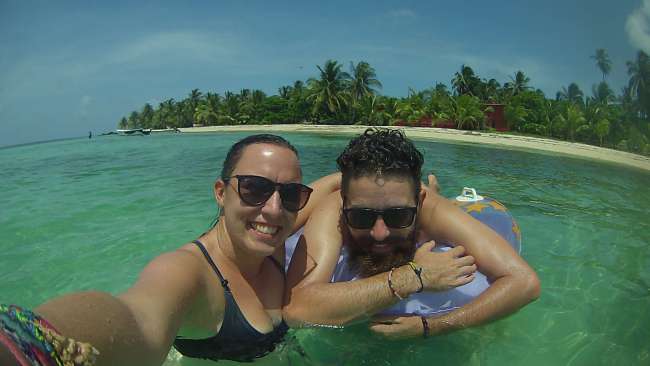From Arequipa, the Colca Canyon, and the worst day in Tina's life!
Objavljeno: 21.11.2016
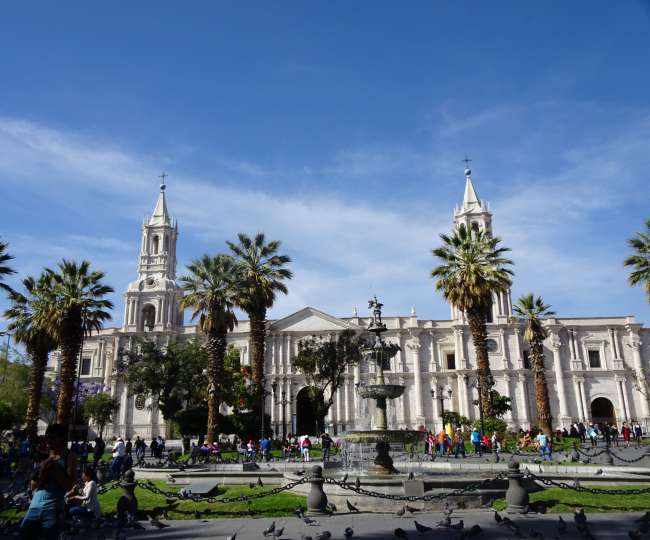
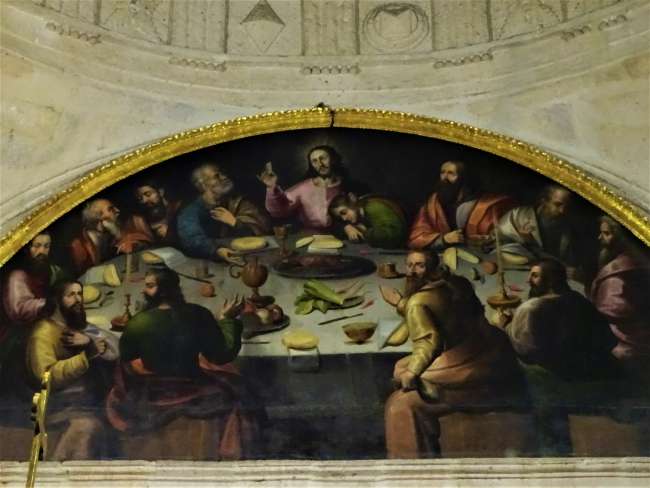
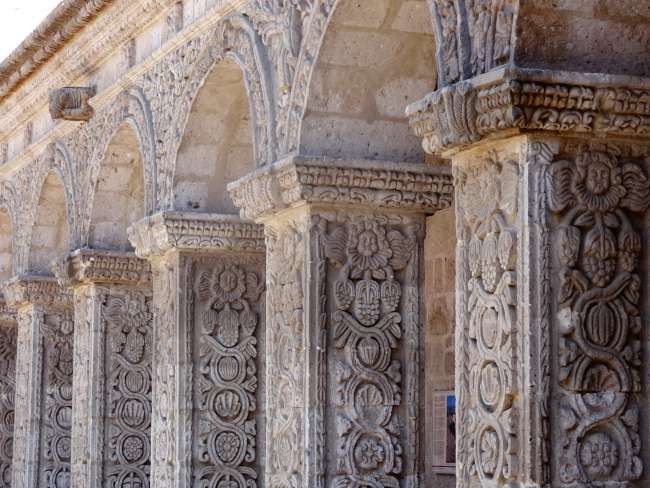
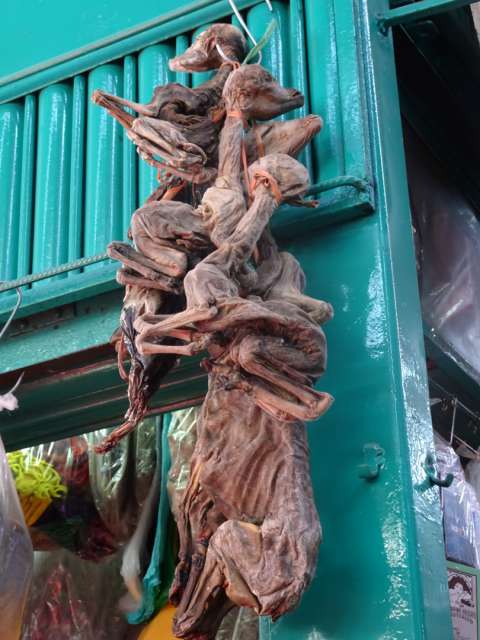
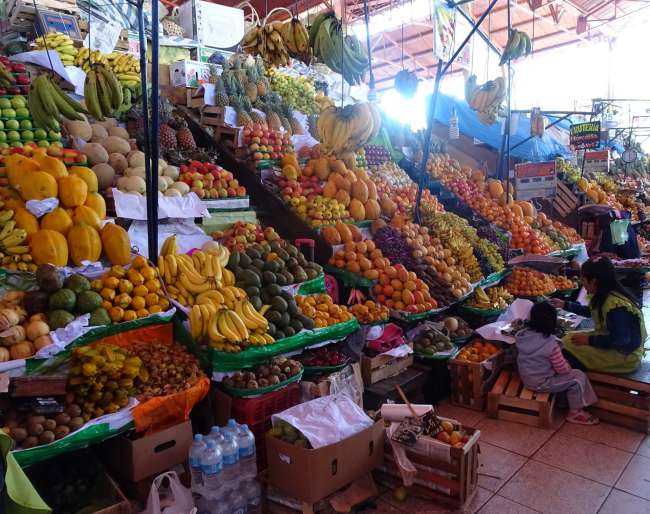
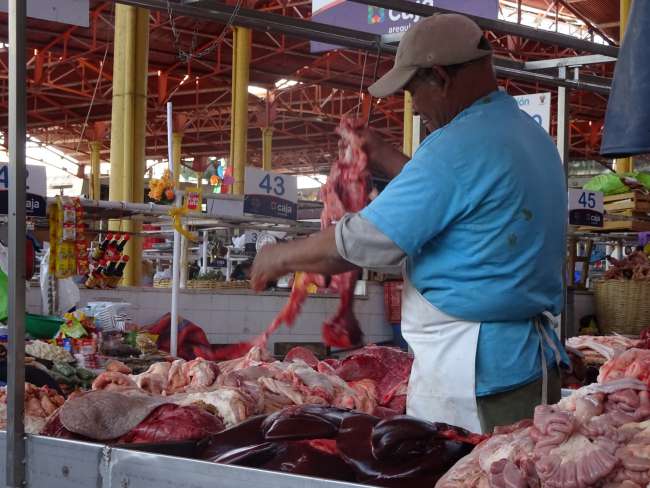
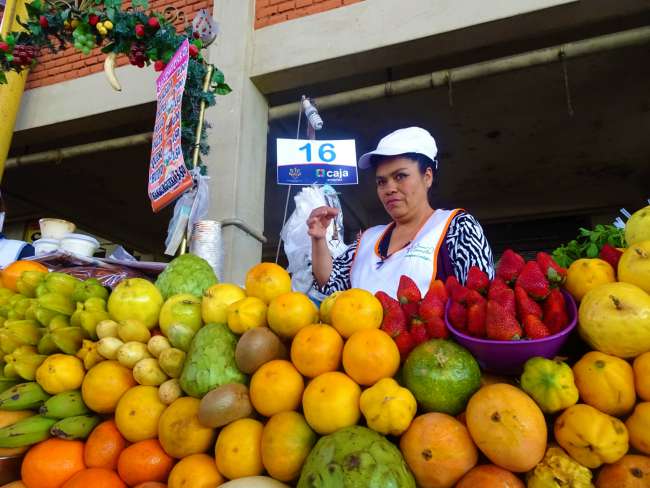
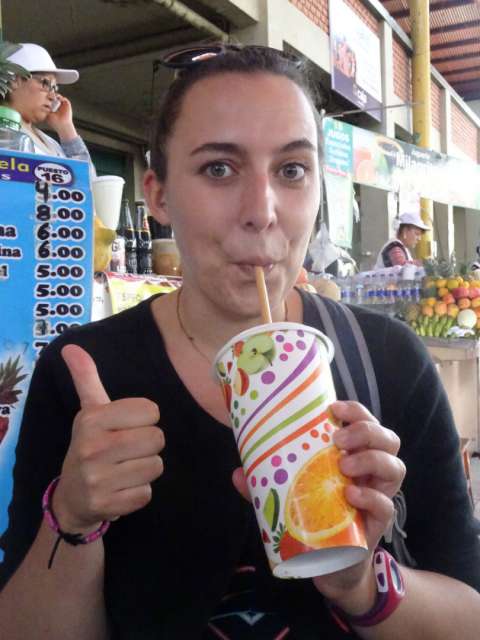
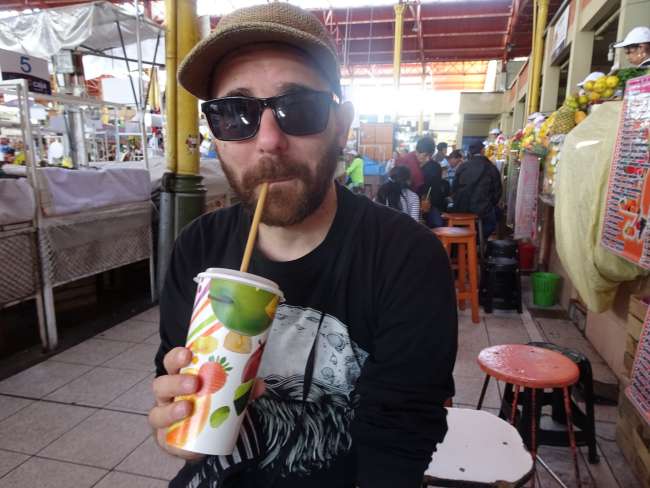
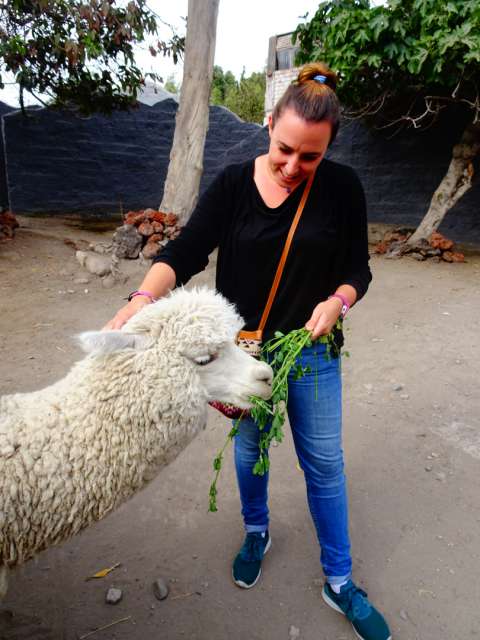
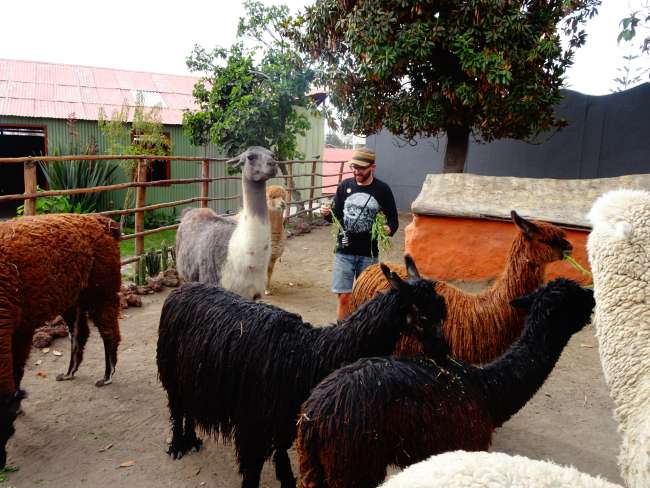
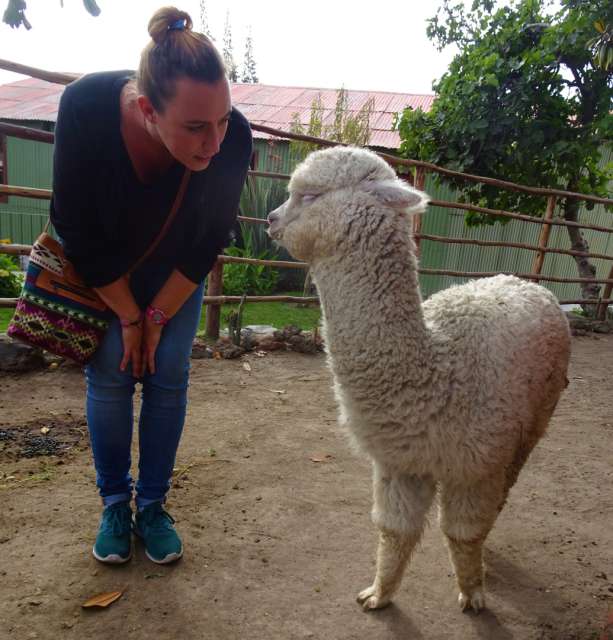
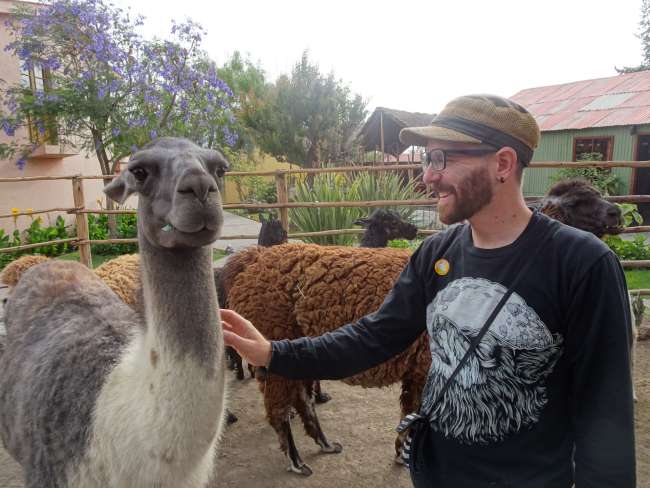
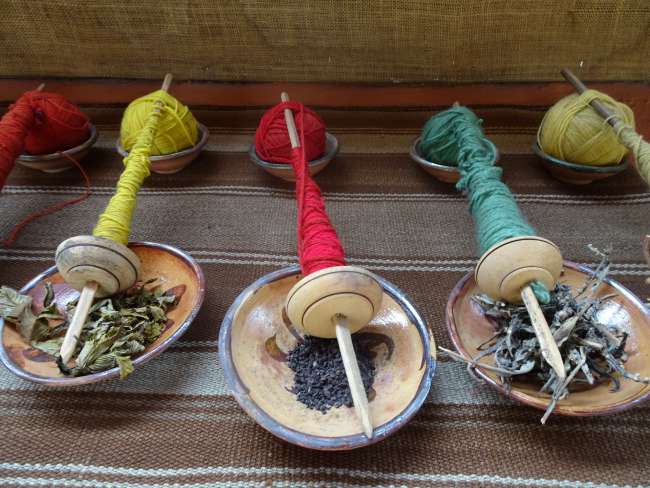
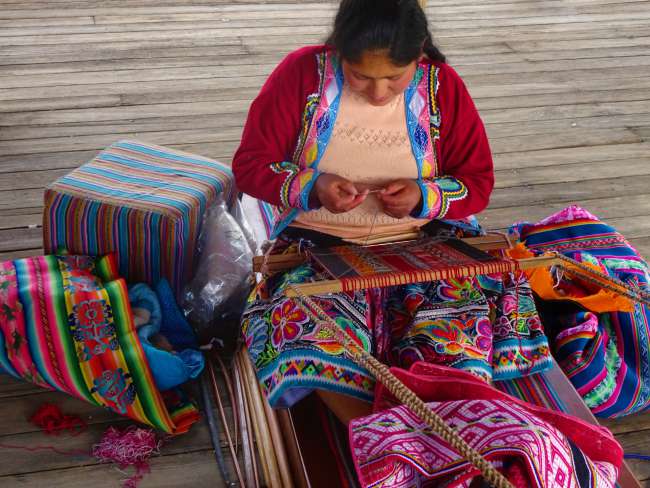
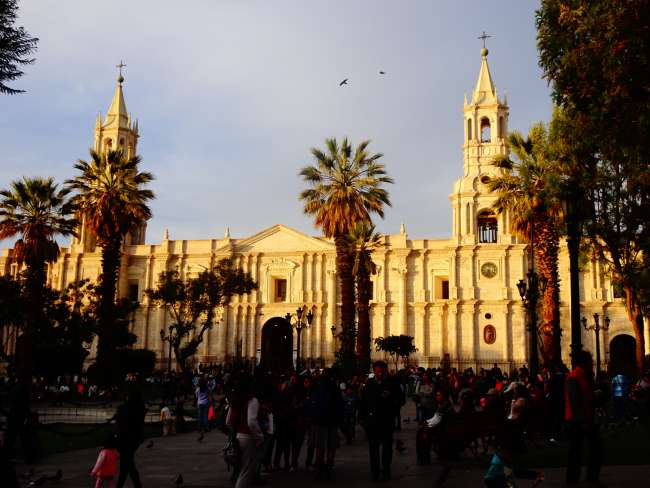
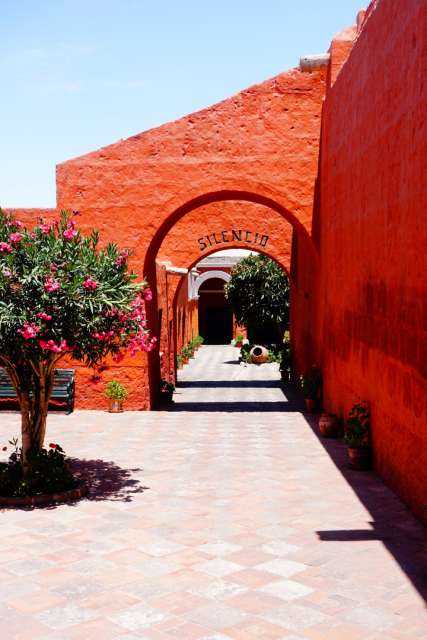
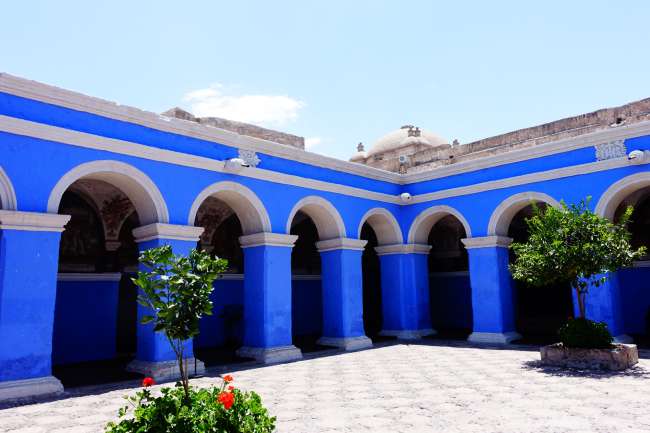
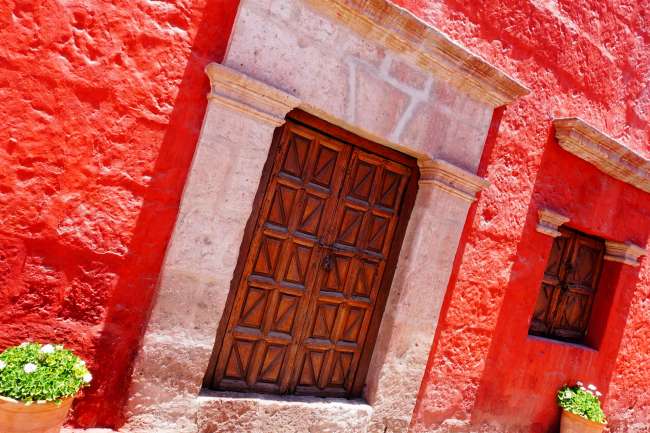
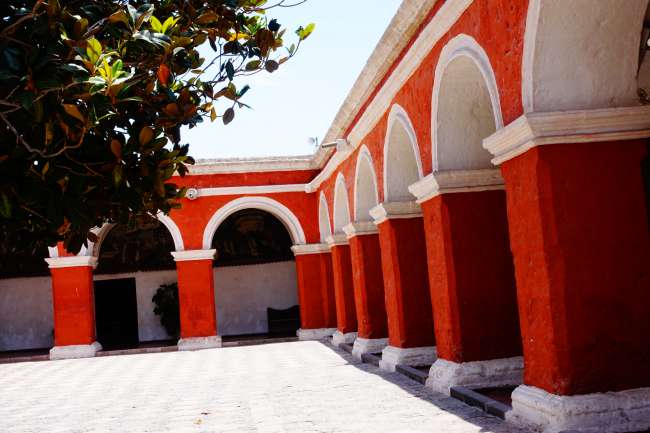
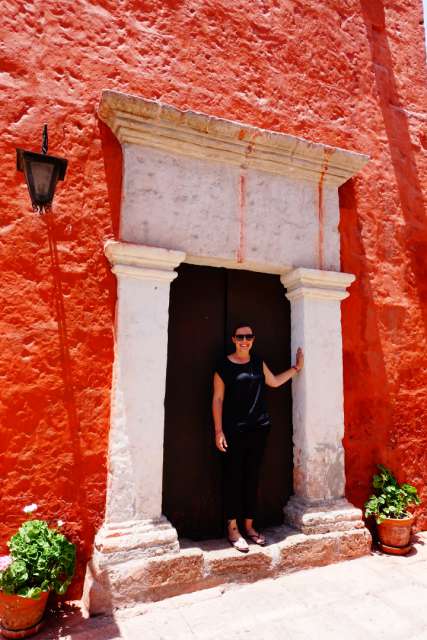
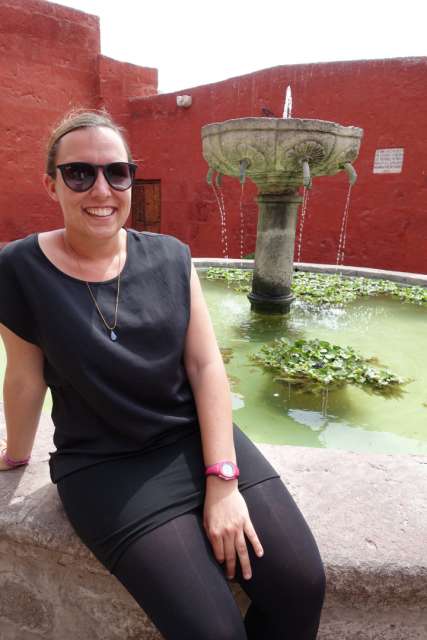
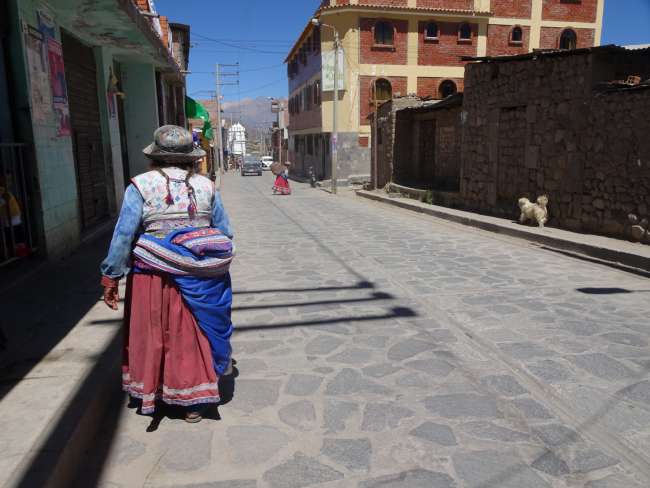
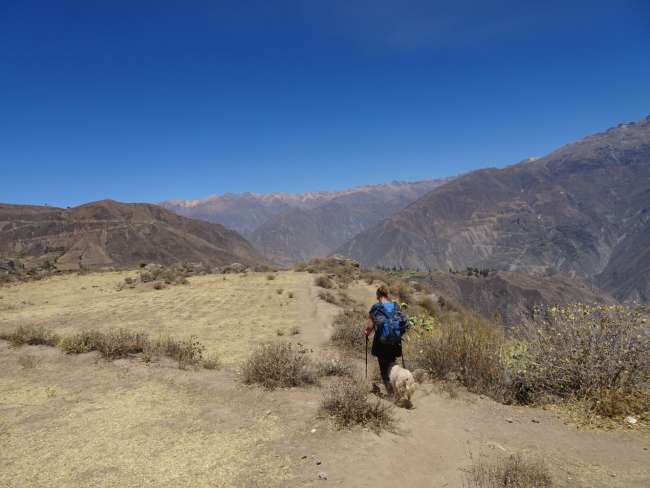
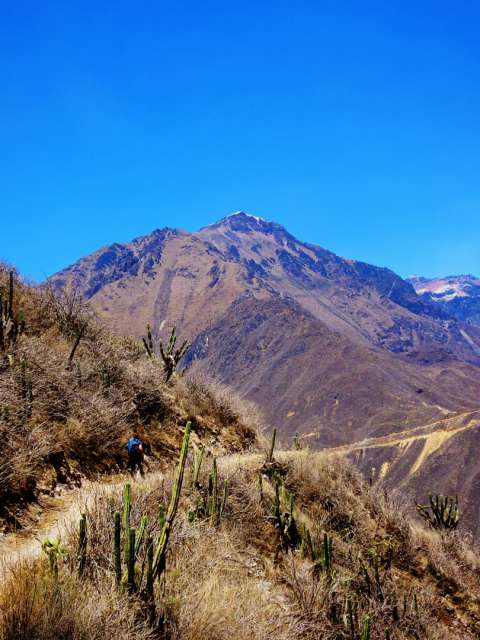
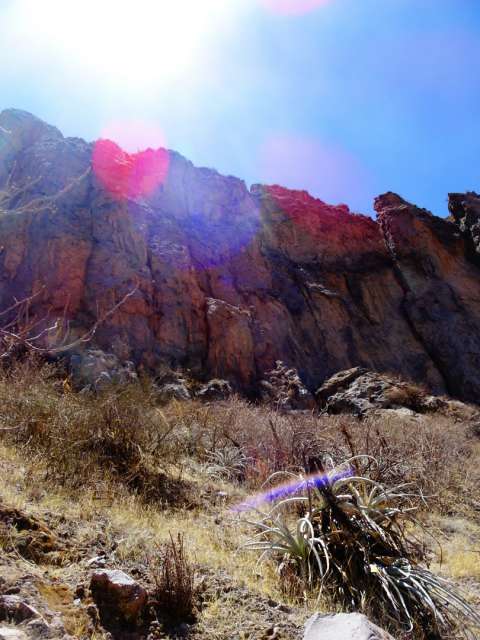
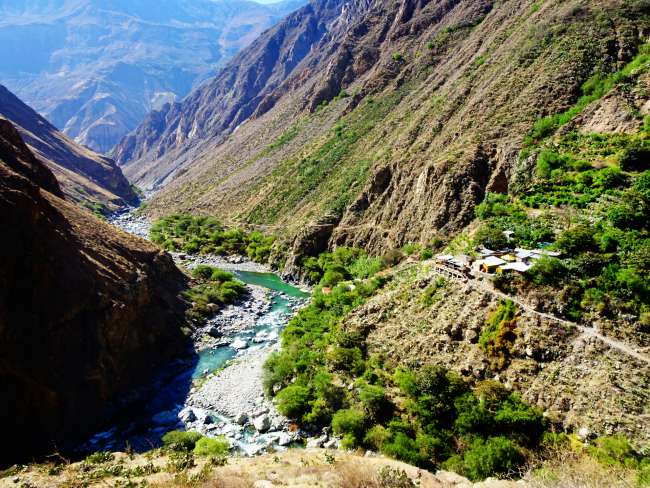
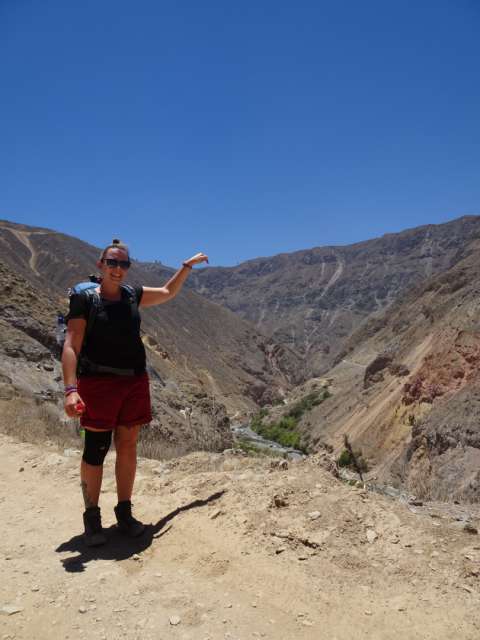
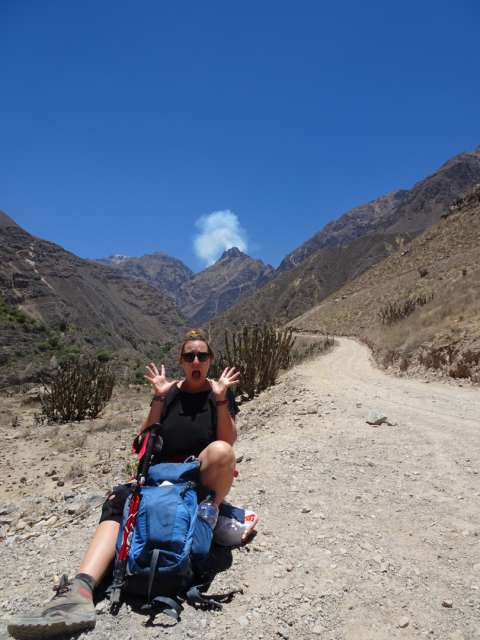
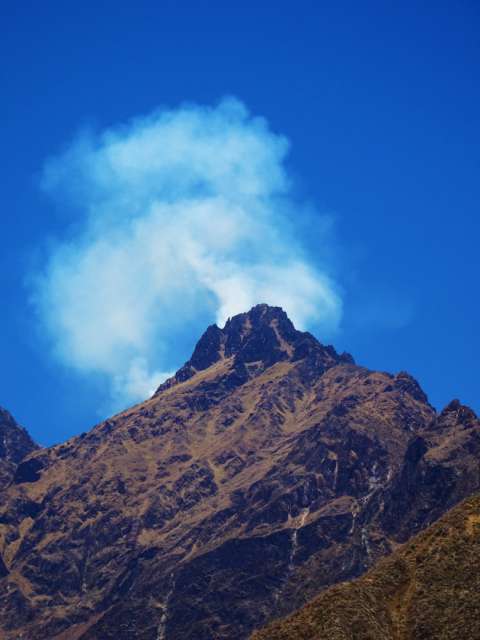
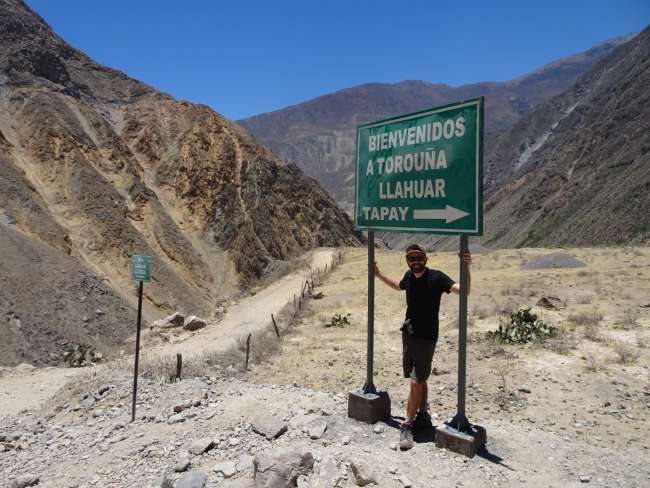
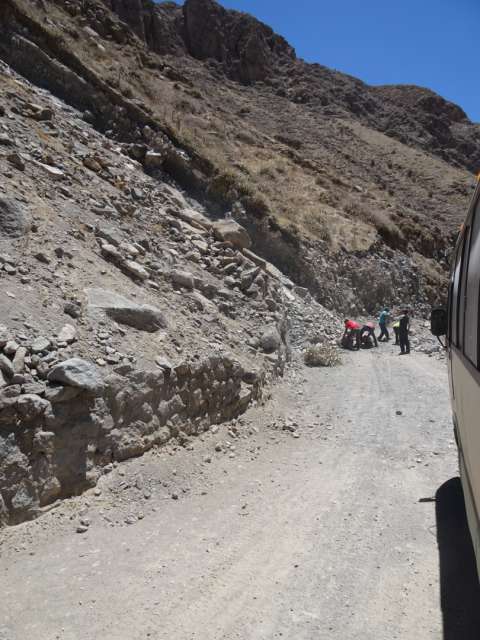
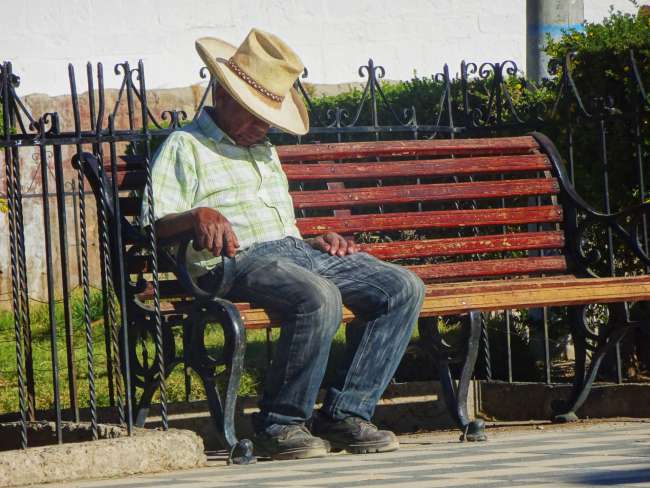
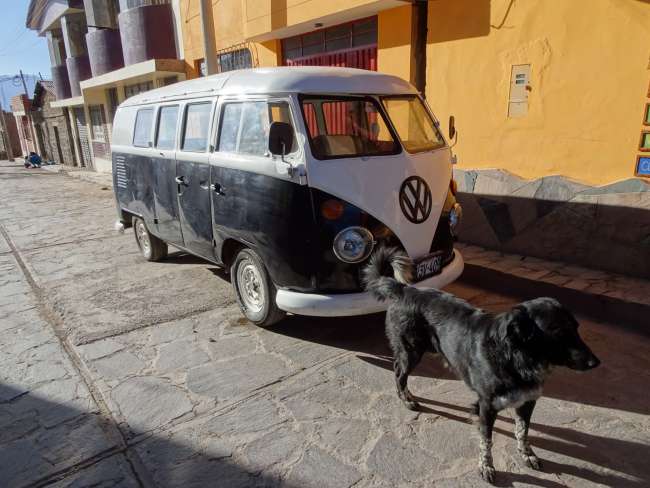
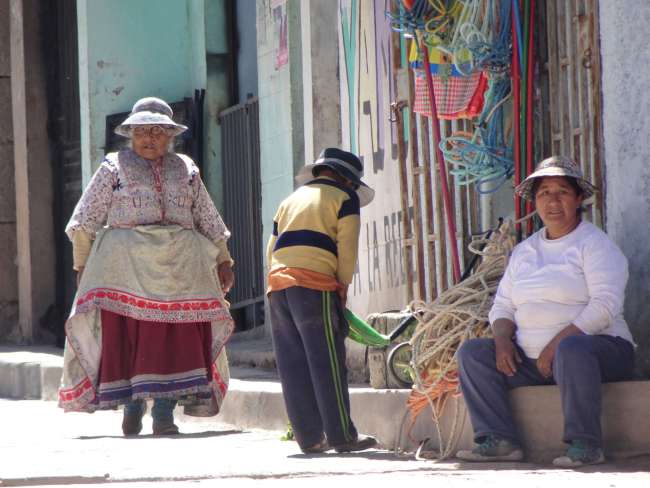
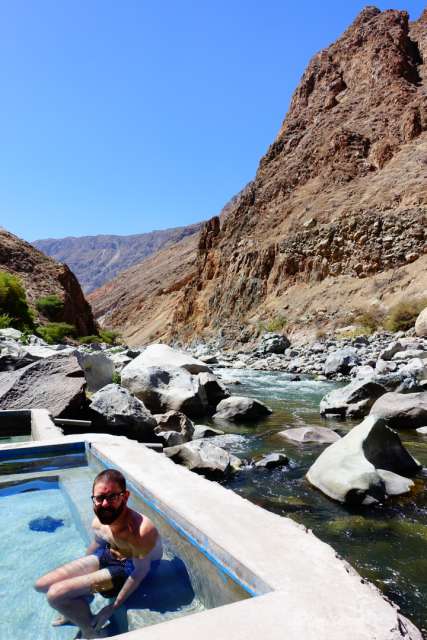
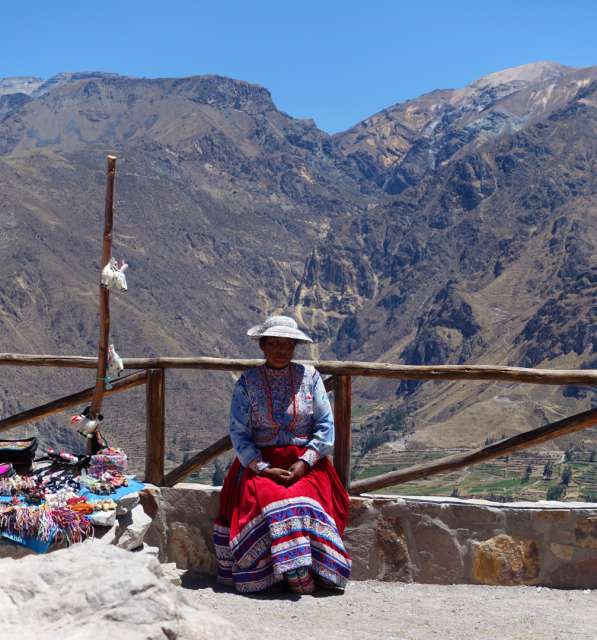
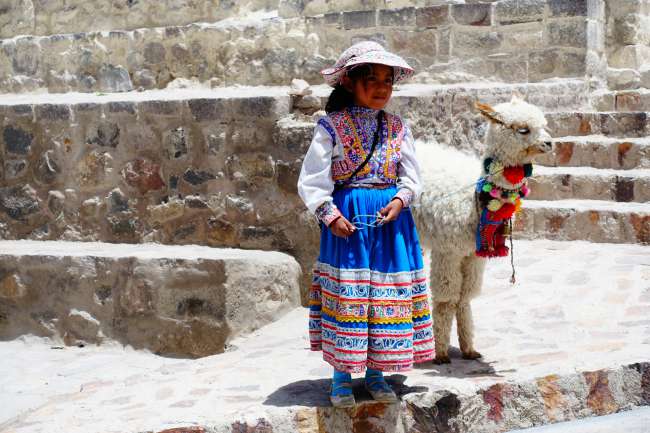
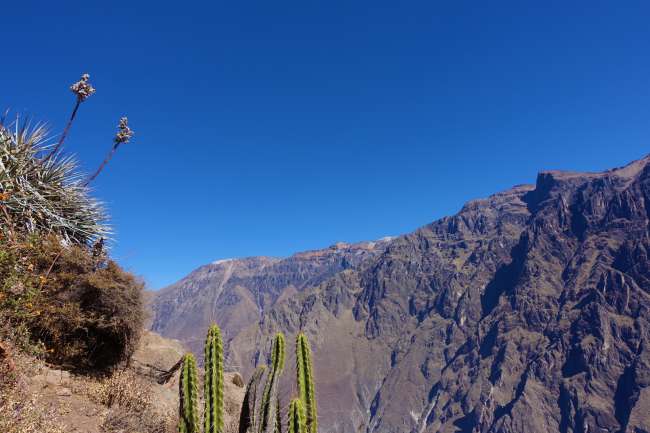

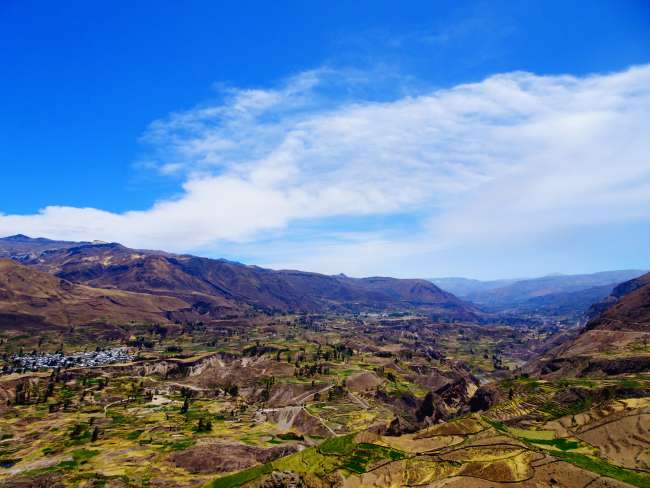
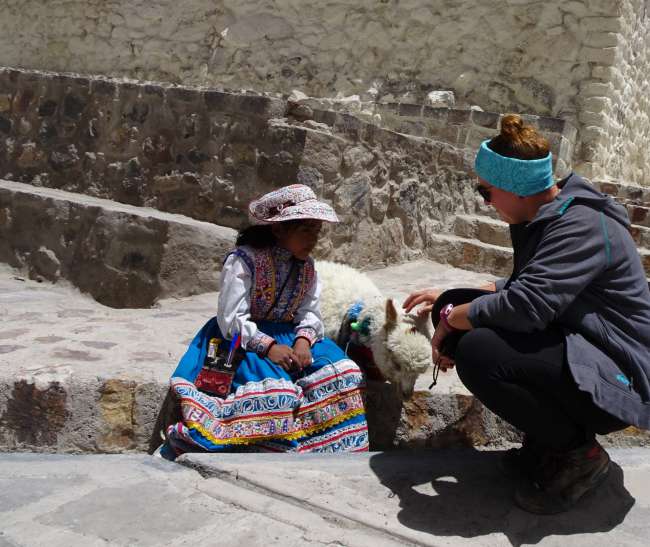
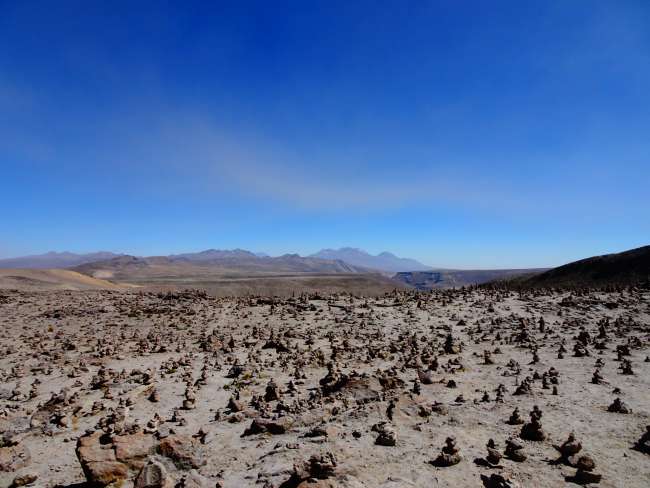
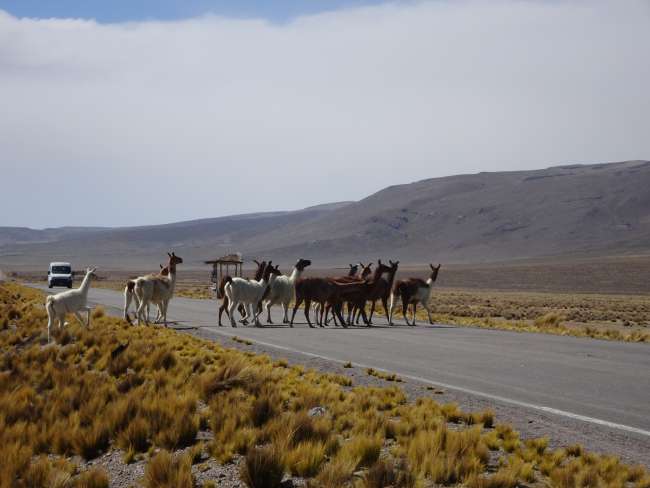
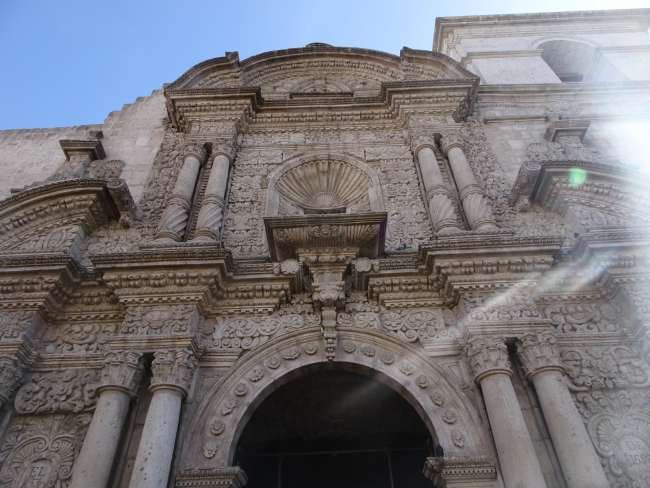
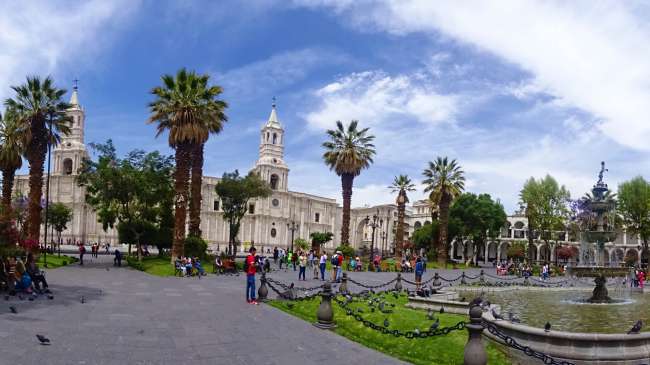
Pretplatite se na Newsletter
After a last dinner in Nazca, we took the night bus to Arequipa with a nasty cold in my bag. In the early morning, we were still in the middle of the desert, just before our destination. Surprisingly, the landscape changed a few minutes later.
After arriving at our beautiful volcanic stone hostel, Tina was restless again and took a free walking tour through the historic center of the city, while I stayed in bed to fight my cold. The next day, Tina took me on the next tour, which included a visit to the local market, which could surpass the curiosities in Cuenca. Here you can buy the wildest drinks and herbal tinctures that are supposed to help with all kinds of ailments. Dried alpaca fetuses, rabbit feet, and other strange animal remains hung everywhere at the stalls. In the butcher section, mountains of intestines were being handled, which can be bought for 8 soles (about €2) per kilo without refrigeration. There was the well-known salad consisting of raw pig ears and pig feet garnished with onions, and of course, the popular frog juice, which is said to have extraordinary healing powers. While I'm not really into extravagant drinks and food like that, Tina was thrilled and insisted on trying a cup of this miracle juice. The friendly lady at the juice stand certainly didn't hold back and showed us exactly what she put in the blender for our juice. In addition to papayas, other strange fruits, and agave syrup, which probably made the whole juice the only edible product, a raw egg and of course a whole green-brownish frog were thrown into the super blender and blended for 2 minutes. In the end, we were sitting in front of a liter of brown and sticky broth, of which Tina slurped down half with great pleasure, while I sipped from the other cup and didn't know how to swallow this moorish-muddy tasting and disgusting nausea-inducing largest half liter of my life to not disappoint the friendly lady at the juice bar. Fortunately, our tour guide wanted to move on, and a few minutes later, I found a trash can where I could entrust my juice. Actually, the Peruvian government banned frog juice some time ago because live frogs were put in the blender, but as proud Peruvians are, they also don't allow themselves to be prohibited.
Since my cold didn't seem to get better, we decided to extend our stay by a few days so that I could recover for the upcoming challenges. Tina booked another language course while I enjoyed the peace and quiet in the morning. She already speaks Spanish quite well and when I see all the terrible past tenses she has to learn, I feel like I can be happy if I can manage to grasp the present tense and say the most important things by the end of this year. Even though I generally find it annoying to have to speak English here so often because we meet so many other travelers, I can still see something positive in it because I can tell that my language skills in English have improved significantly. But back to the topic:
Arequipa is wonderful! The historic center impresses with its incredible architecture. Beautiful churches where Christian and indigenous images mix in their symbolism. For example, at the Last Supper, Jesus does not eat bread but Cuy (guinea pig), and the lamb as a symbol for Jesus has been replaced by a pelican mother who feeds her offspring with her own heart. In the cathedral, there is the only devil statue in all of America inside a church. It is located directly below the pulpit, symbolizing the superiority of the word of God and the church over the devil. Here is also the largest organ in South America, which apparently used to emit terrible off-tune sounds until it was repaired three years ago because some of the pipes were damaged during transport from Europe to Arequipa. In addition, the cathedral is one of the few that is allowed to fly the flag of the Vatican.
Another highlight was the visit to the Santa Catalina Monastery, a city within a city in the center of Arequipa. With an area of around 20,000 square meters, you can stroll around for hours and still see how the nuns lived here. It is remarkable that almost exclusively the second-born daughters of very wealthy families were given to God and heaven as a gift in the monastery. The dowry was significant for that time, which was the reason why each of the nuns had her own house in the monastery, had servants, and it is rumored that it was not unusual for the nuns to receive visits from gentlemen from the surrounding city. Today, a few nuns still live in the monastery, but they certainly live more modestly, except for the incredibly beautiful facility, where it is really comfortable. Even Tina said that she could even imagine a monastic life here ;-)
After our visit to the alpaca museum, a slightly exhausting phase began for me again because Tina got into a shopping frenzy. Arequipa is the textile mecca for baby alpaca clothing, and you can imagine what happens to Tina when you add alpacas to clothing. In short: Half a day marathon through all the stores, a banking crisis because Tina's credit card wouldn't work, and in the end, Tina was nearly 3000 soles poorer but incredibly happy. Since there was no more space in her backpack, we had to bother the local DHL station, which finally sent a 5-kilo package to Germany for a "measly" €100 after tough negotiations instead of the initial €160. It was actually funny that fixed prices in a German company were negotiable in Peru. However, I have to admit that the things Tina bought are really beautiful and would have cost 8-10 times as much in Germany, and since almost everything is intended as Christmas gifts for her family, she definitely received my understanding.
After I recovered, enjoying beautiful warm and summery days with delicious food and a great atmosphere, we said goodbye to Arequipa and headed towards the Colca Canyon, where we wanted to do a nice trek and of course see condors.
For the trip to the Colca Canyon, we took a tour bus so that we could make a stop at the Cruz del Condor. We were promised up to 25 condors, but after an hour of waiting, not a single one appeared. Disillusioned, we were driven to the next village called Cabanaconde, where our planned 3-day trek started. As tradition dictates, we were accompanied from the beginning by an incredibly cute female dog that Tina immediately fell in love with and named Heidi. The first hour was relatively easy walking on the plateau of the Colca Canyon, but it was incredibly hot, and we were looking forward to descending into the canyon because we assumed there would be more shade there. After a short drinking break, where we also provided water to the panting Heidi, Tina experienced her first shock - Heidi headed back home with an incoming pack of dogs and left us to our fate - she knew exactly what awaited us. The next 5 hours were marked by a 1100-meter steep descent through scree and sand in temperatures that felt like 40 degrees Celsius. Rocks, withered bushes, and dead cacti dominated the landscape, which I quite enjoyed, but Tina gradually began to curse everything that got in her way. After about halfway, Tina entered into a phase of defiance with a bright red face, and phrases like "This is the worst day of my life" and "I'm not taking another step" changed every minute. Since I didn't have any HB cigarettes on hand, I had to use all my social-pedagogical motivational strategies, even though I was honestly at the end of my strength, and my knees seemed to be made of rubber. When we finally arrived at the lonely but beautiful hostel in Llahuar after 6 hours, drank a Fanta, and checked into our room, we had to torture ourselves down another hundred meters of steep stairs, where we were rewarded with hot volcanic springs that promised excellent relaxation for our battered bodies right next to the canyon river. It was there that I became aware of the extent of Tina's injuries, as she had table tennis ball-sized blisters on her big toes, and her toenails seemed not only blue but almost black, in addition to having half a sunstroke. Although my body didn't look as bad, an incredible muscle soreness spread through all my muscles, and my knees hurt with every movement. After a delicious dinner, we held a council of war and then happily fell into our eco-bed at 8:00 a.m., with the thought of taking the bus back to Canabaconde the next day and canceling the trek.
The next morning, after breakfast, we took another bath in the hot springs and then made our way to the Terminal Terrestre (bus station) which was 40 minutes away - consisting of a green sign and a few cacti and where a bus comes twice a day. Here we had to wait for another hour in the scorching heat. But the waiting time was sweetened by a volcanic eruption 3 mountains away and the unexpected visit of Heidi, who once again went on an excursion with other hikers and happily greeted Tina with joyful jumps, causing her to immediately forget all the hardships and be in dog heaven until the bus arrived... and then my nightmare began!
The bus drove up a steep gravel road, which was exactly as wide as the bus. On the right side, the cliff dropped about 1000 meters vertically, and of course, there was no guardrail. On the left side, there was a steep wall that consisted only of porous rock, and accordingly, every few meters, there was a pile of rubble on the road caused by landslides that the bus driver usually hobbled over, bringing the bus very close to the edge of the abyss. Finally, a large rock slide came down the slope right in front of the bus, and the bus had to stop immediately because the whole road was blocked by big rocks. The ticket salesman immediately called through the bus, "Caminamos," which means "We have to walk." But the bus driver wasn't so convinced and started throwing the heavy rocks off the road with some local men while more and more debris slid down from the cliff. Of course, we tourists were not allowed to help because a dead tourist would be bad for business... after 10 minutes, the hellish journey continued, and after another 30 minutes, with sweat on my forehead and making three crosses, I got off the bus in Cabanaconde. However, it is still a mystery to me why Tina found the whole trip funny and entertaining.
In Cabanaconde, we checked into an incredibly beautiful hostel, enjoyed the afternoon on the rooftop terrace, and took a little walk through the peaceful village. For dinner, we had a delicious stone oven pizza, and then we fell blissfully asleep in the coziest blanket I have ever laid in.
For the return trip to Arequipa, we took another tourist transport, which made stops in beautiful villages, hot springs, and the national park, where wild vicunas live - accompanied at all times by a thick cloud of ash from the erupting volcano. When we arrived in Arequipa, we packed our bags and shortly afterwards took the next bus to our next destination, Cusco.
Pretplatite se na Newsletter
Odgovor

Izvješća o putovanju Peru

